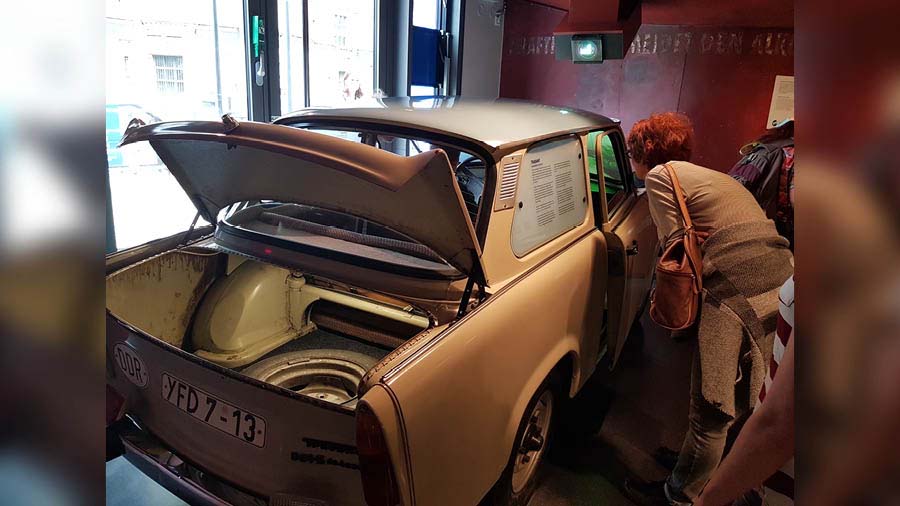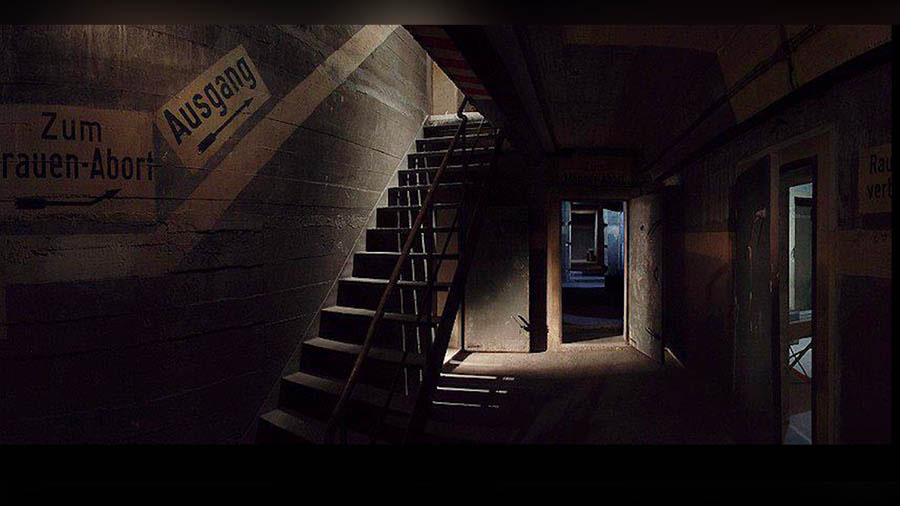Destinations are what we make them out to be. For me, Berlin is a multi-layered experience, the epicentre of the Cold War. For much of the second half of the 20th century, Berlin became the hub for spy games and Cold War tensions as Moscow and Washington, D.C. vied for global and ideological supremacy.
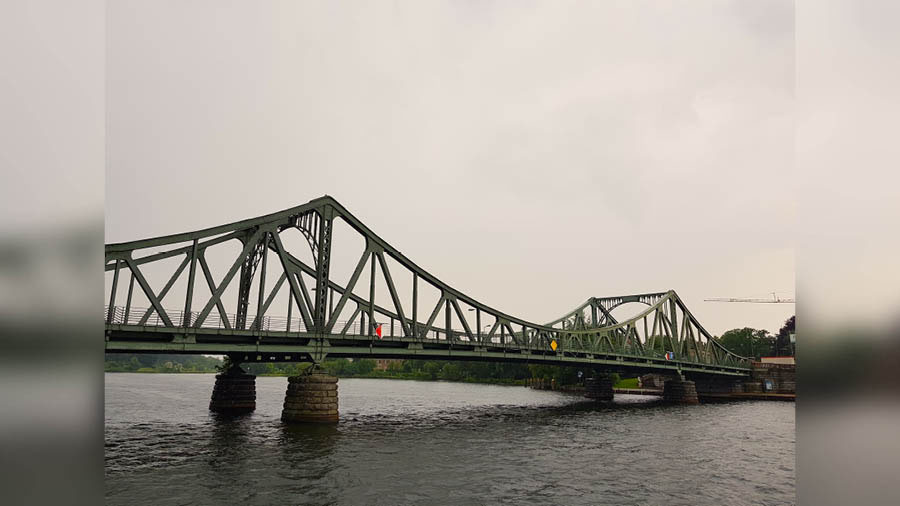
Glienicke Bridge is also known as the Bridge of Spies
Ashwin RajagopalanBridge of Spies
There’s a scene in the Tom Hanks-starrer Bridge of Spies that reenacts one of the most famous prisoner exchange scenes from the 20th century. It’s a rainy night in Berlin of 1962 and a KGB agent captured in New York is traded for spy plane pilot Francis Gary Powers. The Glienicke Bridge, where the scene is set, has gone on to become one of the world’s best-known espionage landmarks and consolidated Berlin’s reputation as the world’s unofficial spy capital.

The famous exchange scene from the Tom Hanks movie ‘Bridge of Spies’ was set on Glienicke Bridge
YouTubeThe tension between Russia and the US heightened after the construction of the Berlin Wall in the 1960s and cooled off only when the wall finally crumbled in 1989 along with the collapse of the Soviet Union. The Glienicke Brücke (Bridge) is one of the many spots in the city that transports you to the days of the Iron Curtain. It’s why it’s popularly known as the Bridge of Spies. I chose a grey, overcast evening to visit Glienicke Bridge. There’s no massive security presence, just a tiny plaque that reveals the significance of this landmark.
Spy games
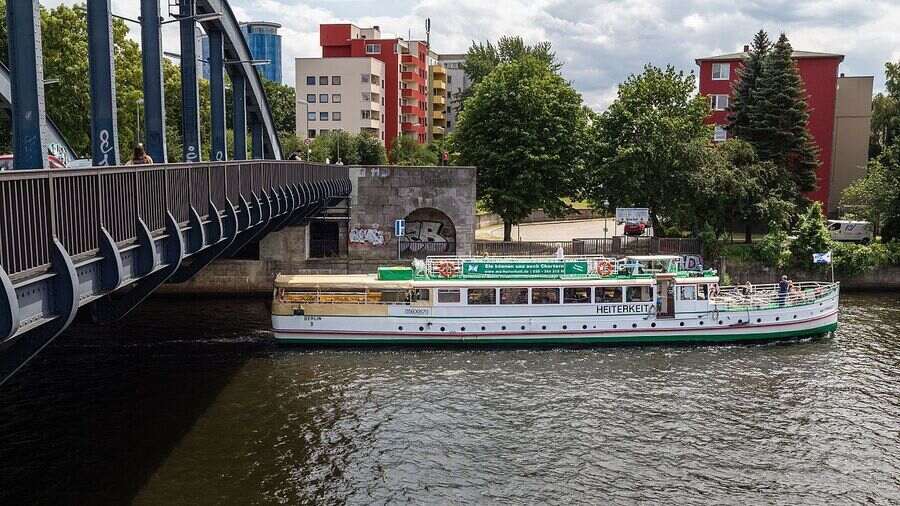
A tour boat passes underneath Charlottenbrücke on the Havel river
Wikimedia CommonsThe recent Russia-Ukraine conflict has resurrected some of those Cold War ghosts. But it was popular culture in the 2010s that has fuelled the obsession with the Cold War. From The Americans to Deutschland 83 and more recently Slow Horses on Apple TV+, a host of TV shows have recreated the Cold War era, and not surprisingly Berlin is always in the centre of it all. The best way to view Glienicke Bridge is to get on a boat tour along the Havel river. Both my visits to the bridge were brief but there is a string of Cold War experiences in the city that you can immerse yourself in and you have to be prepared to go underground — it's almost as much fun as going undercover.
Going underground

Berliner Unterwelten runs a guided tour of the bunkers and subways significant to the Cold War
Courtesy Berliner UnterweltenThe ‘Bunkers, Subways and the Cold War’ guided tour with Berliner Unterwelten (Underworld) transported me to another era, a parallel universe that existed in both Soviet-controlled East Berlin and West Berlin, which was divided into French, American and British sectors. For years after the collapse of the Wall, this maze of underground bunkers and shelters were inaccessible to people and have only been recently opened to the public. Many of them continue to be off limits.
The tour’s first stop was Blochplatz, originally a World War II air-raid shelter that was repurposed into an emergency bunker in the 1980s with room for 1,300 individuals who could hole up for 48 hours in an emergency. I’m sure it’s my obsession with spy thrillers, but I could sense a Cold-War vibe when our small group was shunted into another underground bunker under the Pankstrasse U-Bahn (underground train) station. Unlike the Blochplatz bunker that dates back to the Second World War, this modern bunker was built in West Berlin in 1977 at a time when Cold War tensions started to peak. It’s German efficiency at its best — the bunker has room for 3,300 Berliners and there are things like crockery and beds inside, which suggest that these bunkers were equipped for all emergencies.
Dreaded screening spot to a selfie hotspot
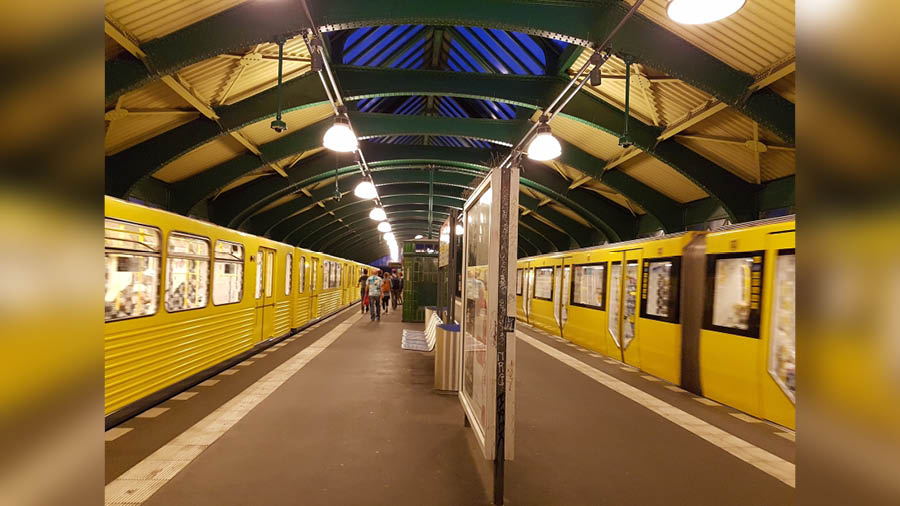
The underground train network or U-Bahn (in picture) along with the overground S-Bahn connected Berlin’s two sides and was used by locals to travel to and from work and home
Ashwin RajagopalanUntil the Berlin Wall came up in the early 1960s, Berlin functioned as one city despite the clear East-West divide. The public transit networks like the U-Bahn and S-Bahn (Stadtschnellbahn, literally city high-speed train) spanned all occupation sectors and it was not uncommon for people to stay in one half and work in the other half.
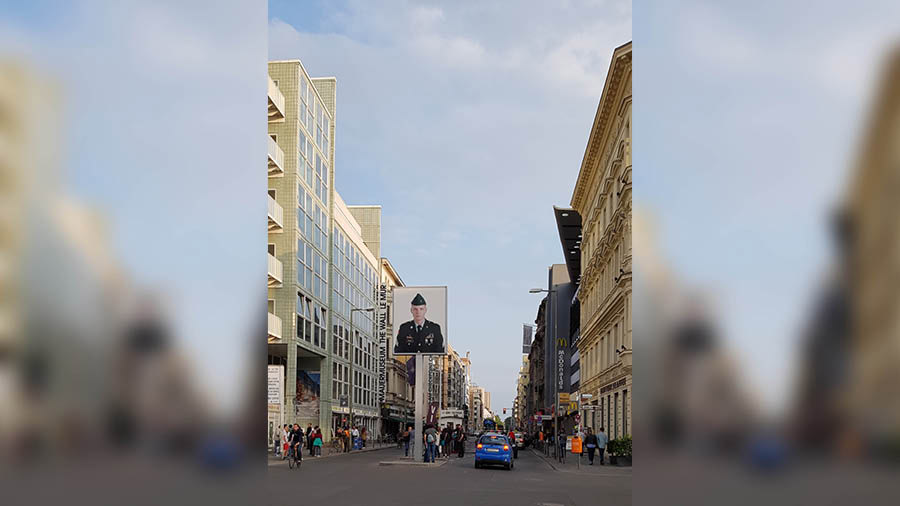
Checkpoint Charlie, perhaps the most famous crossing point of the Berlin Wall is now a tourist attraction
Ashwin RajagopalanAll that changed with the Berlin Wall, and Checkpoint Charlie became one of the most monitored points in the whole world. Today, this check, a well-known crossing point, between erstwhile East and West Berlin has almost been reduced to a gimmicky tourist attraction.
Palace of Tears
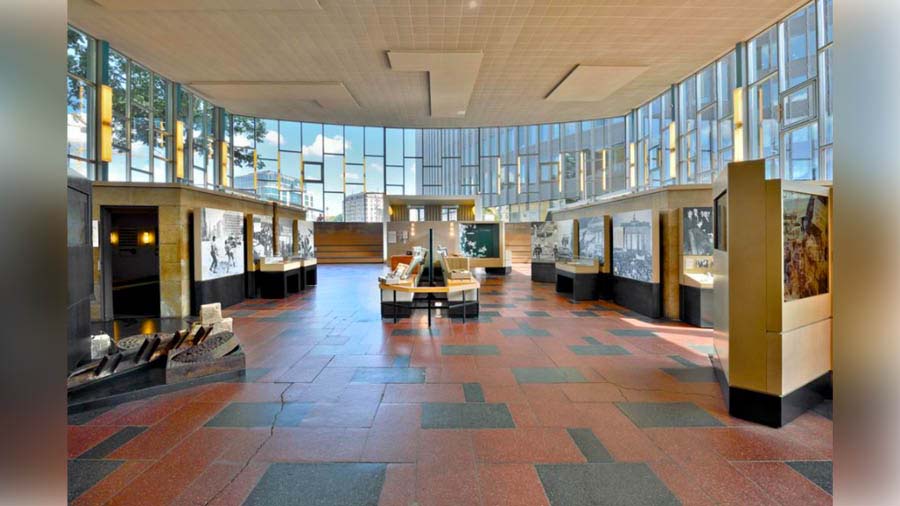
A permanent exhibition at Palace of Tears — Tränenpalast Station — chronicles the harsh effects of Berli’s division
Courtesy Museumportal BerlinThe Tränenpalast Station served as a departure terminal for people leaving GDR (German Democratic Republic aka East Germany) for West Berlin. Tränenpalast translates to palace of tears, which is what the locals often refer to it as. A permanent exhibition, ‘Border Experiences: Daily Life Everyday Division of Germany’ captures the harsh effects of the division. While spy thrillers might have romanticised the Cold War era, everyday citizens suffered unprecedented levels of policing by the dreaded East German Ministry for State Security (better known as the Stasi).
The famous wall
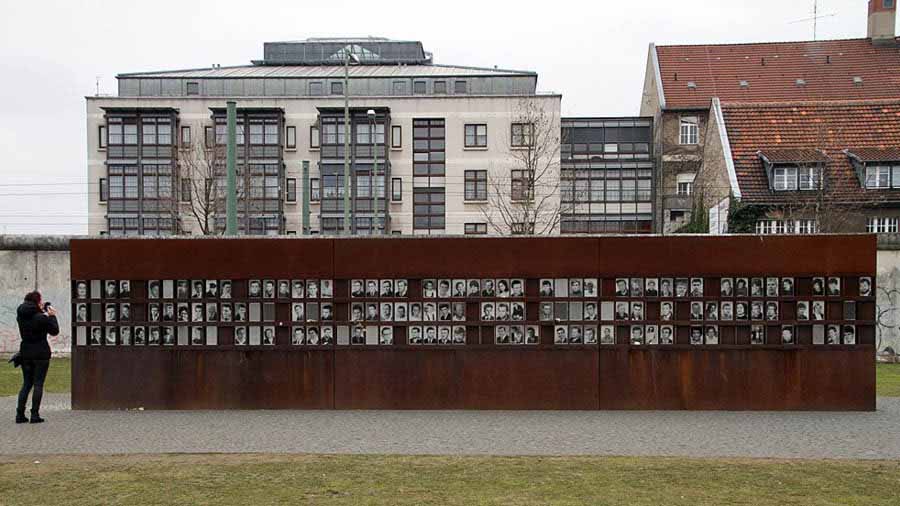
The Berlin Wall Memorial at Bernauer Strasse
Wikimedia CommonsBernauer Strasse, the site of the first Berlin Wall casualty is now home to the Berlin Wall memorial. In August 1961, about a week after the construction of the Berlin Wall began, Ida Siekmann jumped out of her third-floor East-Berlin apartment in an attempt to escape her building, like many others whose homes fell on the border did at the time. Unfortunately, she fell to her death and was the first person to die at the wall. More than 100 people lost their lives between 1961 and 1989 while attempting to evade the wall.

Covert listening devices or bugs at the Spy Museum and (right) the Stasi listening room
Courtesy Spy Museum and Ashwin RajagopalanIf you’re a Cold War junkie like me, I’d also recommend museum pitstops like the German Spy Museum, the Stasi Museum and the DDR museum (the DDR Museum is shut for repairs until March 31, 2023 following the damage of the Aquadom). Berlin’s Cold War charms are also embedded in some of the city’s neighbourhoods, you’ll need to use your imagination to completely feel the vibe.
